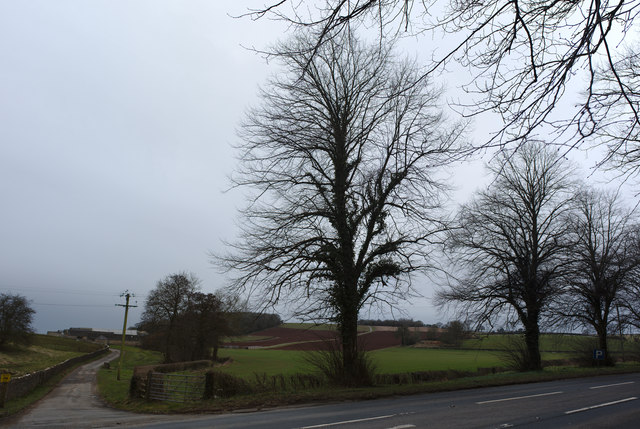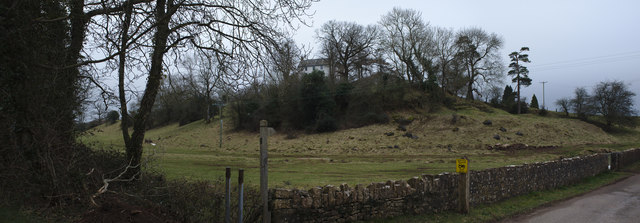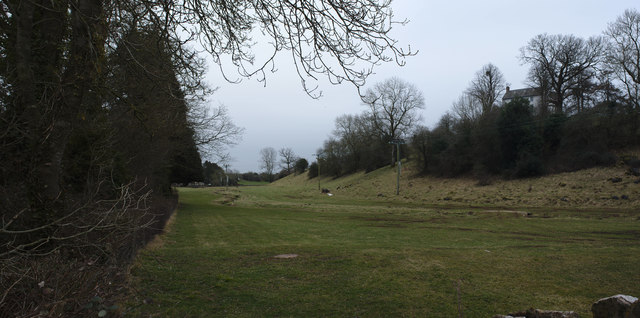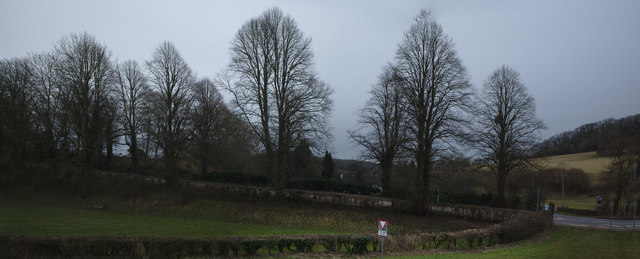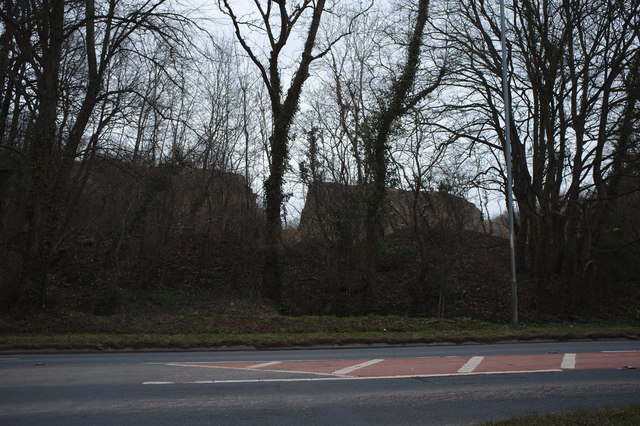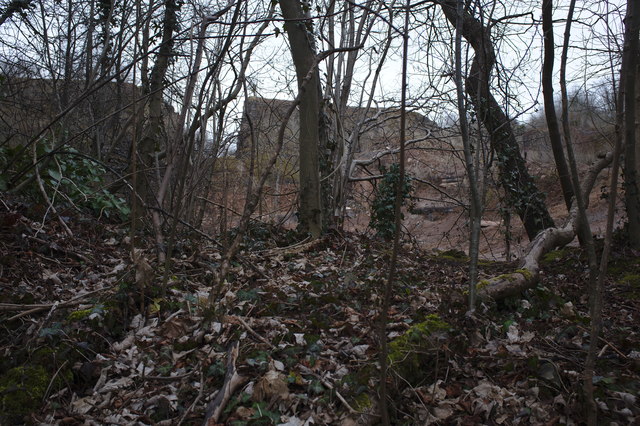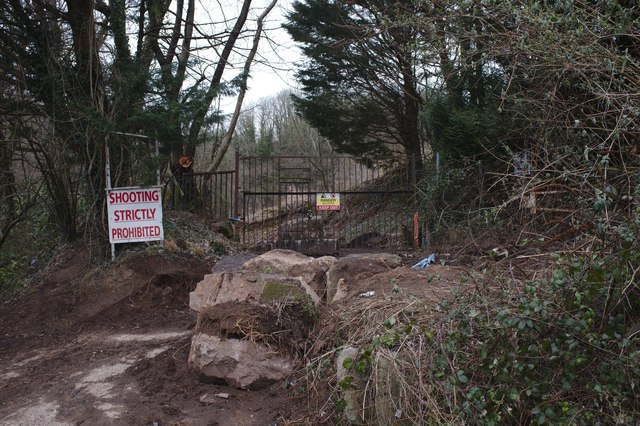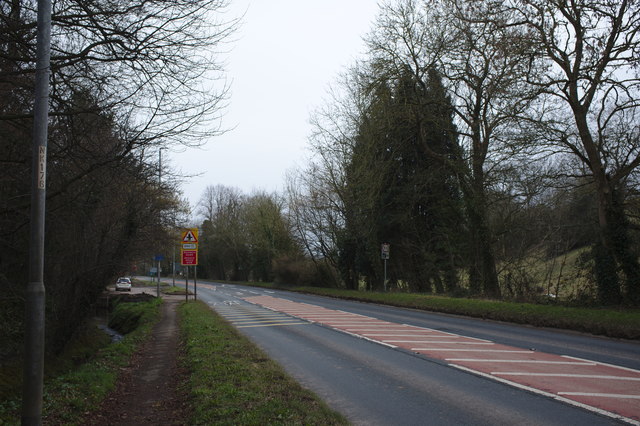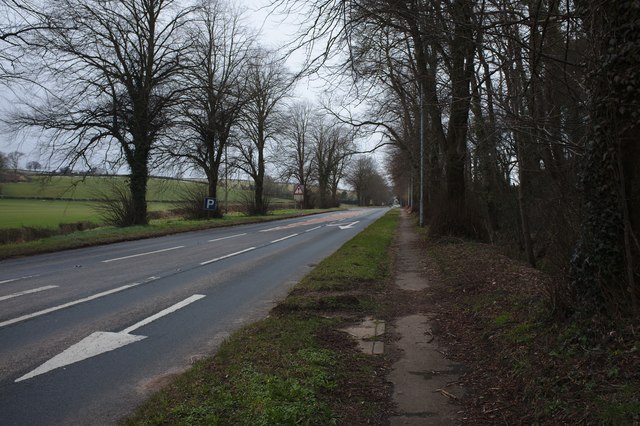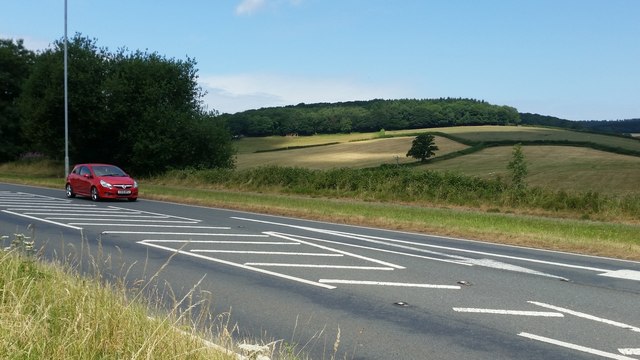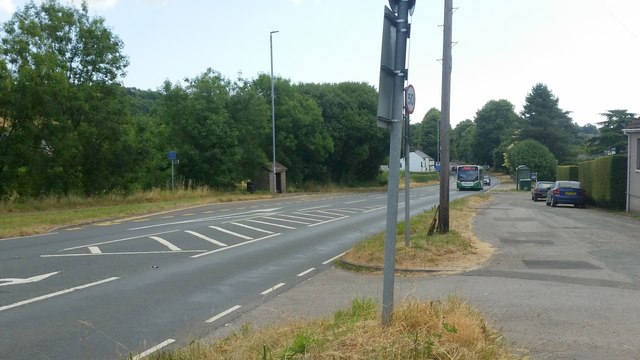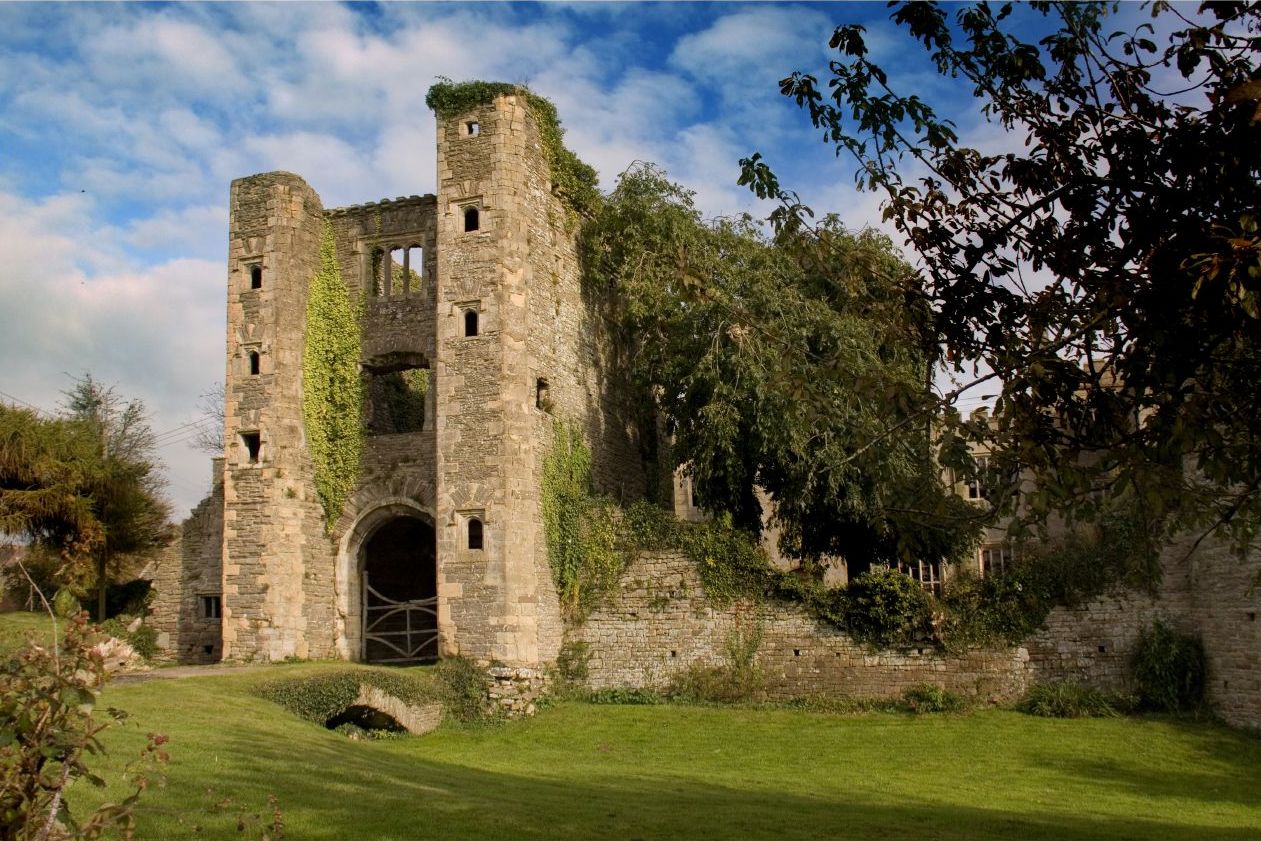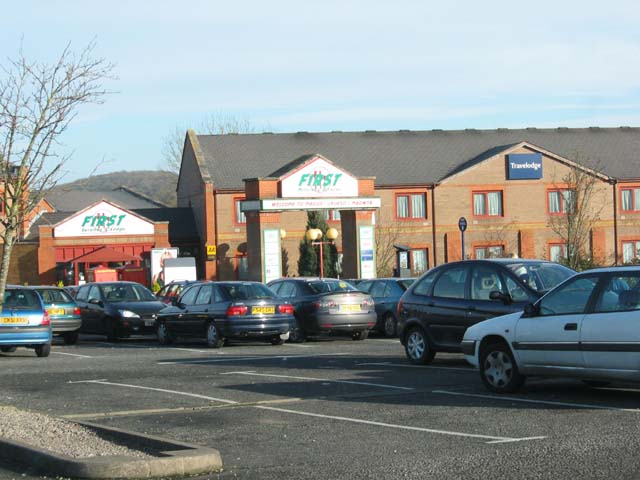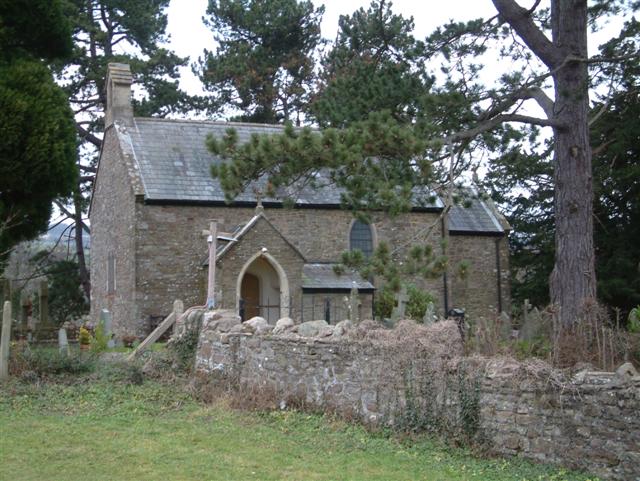Clay Hill Brake
Wood, Forest in Monmouthshire
Wales
Clay Hill Brake
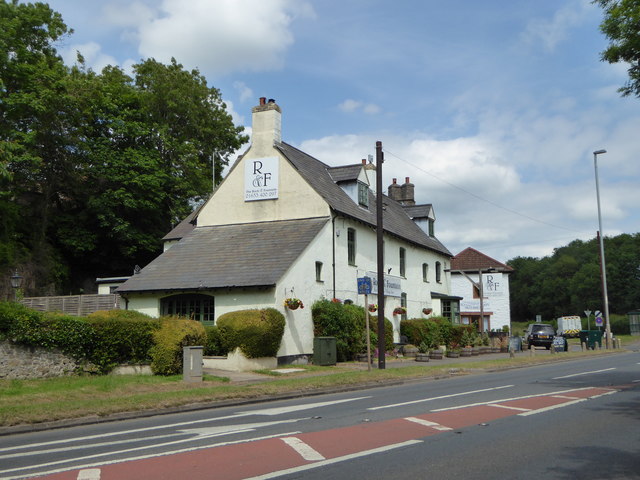
Clay Hill Brake is a picturesque wood located in Monmouthshire, Wales. Situated just outside the village of St. Arvans, this forested area covers an expanse of approximately 50 acres. It is a popular attraction for nature enthusiasts, hikers, and those seeking a tranquil escape from the bustle of everyday life.
The wood is predominantly composed of broad-leaved trees, such as oak, beech, and ash, which create a dense canopy overhead. This lush vegetation provides a haven for a wide variety of wildlife, including birds, squirrels, and deer. The forest floor is carpeted with ferns, bluebells, and other wildflowers, adding to its natural beauty.
A network of well-maintained footpaths winds its way through Clay Hill Brake, allowing visitors to explore the woodland at their own pace. These trails offer stunning views of the surrounding countryside, including the nearby Wye Valley and Offa's Dyke Path.
In addition to its natural splendor, Clay Hill Brake is also steeped in history. It is believed that the wood was once part of the hunting grounds for nearby Chepstow Castle, which dates back to the 11th century. Remnants of ancient settlements, including burial mounds and stone circles, can also be found within the wood, providing a glimpse into the area's past.
Overall, Clay Hill Brake is a hidden gem in Monmouthshire, offering a peaceful retreat for nature lovers and history enthusiasts alike. Whether you're looking for a leisurely stroll, a birdwatching expedition, or simply a moment of tranquility, this forested haven is sure to captivate and inspire.
If you have any feedback on the listing, please let us know in the comments section below.
Clay Hill Brake Images
Images are sourced within 2km of 51.606117/-2.8321048 or Grid Reference ST4290. Thanks to Geograph Open Source API. All images are credited.
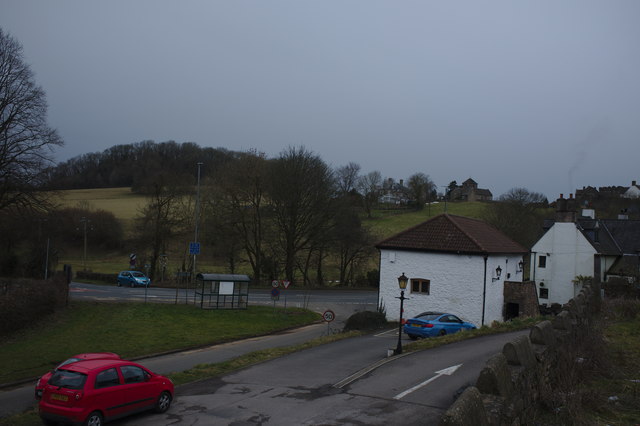
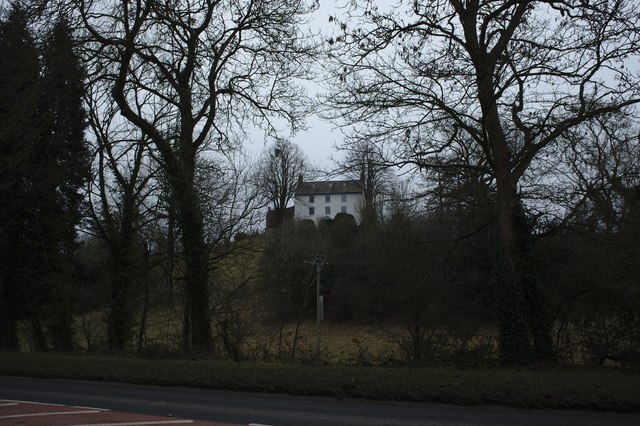
Clay Hill Brake is located at Grid Ref: ST4290 (Lat: 51.606117, Lng: -2.8321048)
Unitary Authority: Monmouthshire
Police Authority: Gwent
What 3 Words
///uttering.painters.sweat. Near Llanvaches, Newport
Nearby Locations
Related Wikis
Penhow Woodlands National Nature Reserve
Penhow Woodlands National Nature Reserve is a national nature reserve and Site of Special Scientific Interest located in south east Wales near the village...
St. Brides Netherwent
St. Brides Netherwent (Welsh: Sant-y-brid) is a parish and largely deserted village in Monmouthshire, south-east Wales. It is centred 2 miles north of...
Penhow Castle
Penhow Castle, Penhow, Newport dates from the early 12th century. Extended and reconstructed in almost every century since, it has been claimed to be the...
Penhow
Penhow (Welsh: Pen-hŵ) is a small village and community (parish) just inside the eastern edge of the boundary of the city of Newport, South Wales, within...
Pencoed Castle
Pencoed Castle is a ruined Tudor mansion, largely dating from the 16th century, in the parish of Llanmartin, now within the city of Newport, south Wales...
Llanvaches
Llanvaches or Llanfaches is a village and community parish within the boundaries of the city of Newport, Wales. It lies to the east of the urban area...
Magor services
Magor services (in Welsh: Gwasanaethau Magwyr) is a motorway service station on the M4, located just off junction 23A, at Magor near Newport, in Monmouthshire...
Llandevaud
Llandevaud is a small hamlet in east Newport, Wales with a church about a half mile from the village centre, going down towards The Foresters Oaks, a restaurant...
Nearby Amenities
Located within 500m of 51.606117,-2.8321048Have you been to Clay Hill Brake?
Leave your review of Clay Hill Brake below (or comments, questions and feedback).
